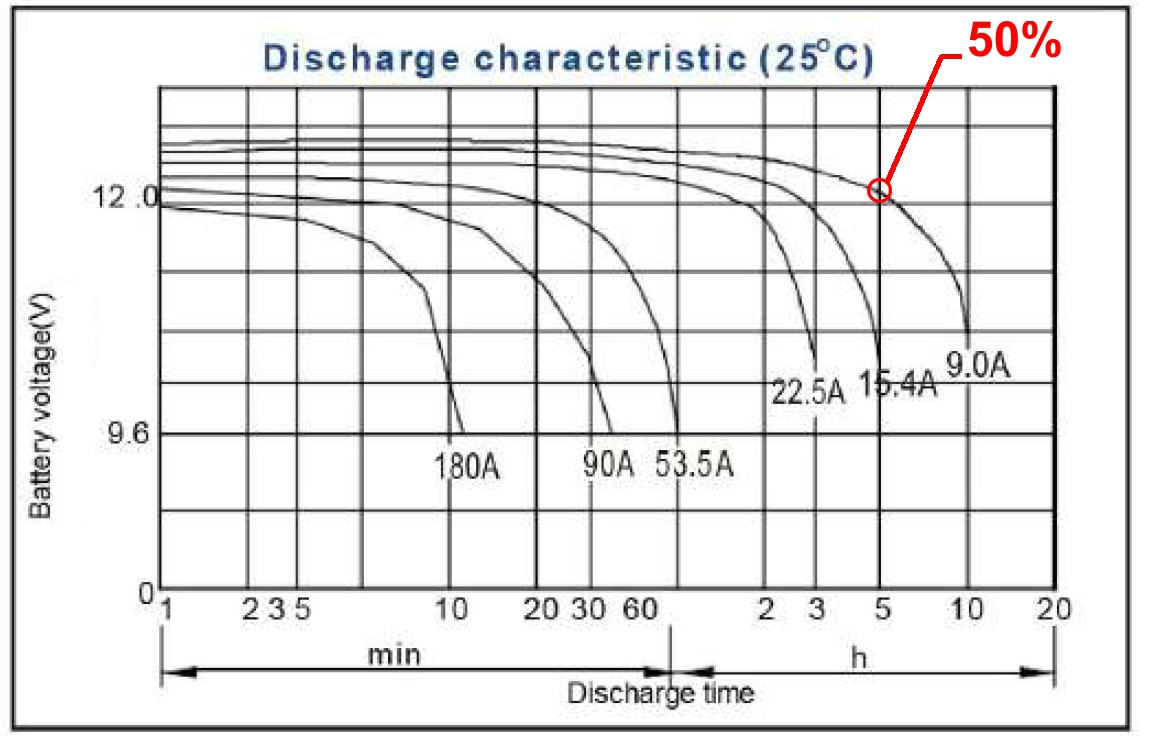Spicoli
Active member
- Joined
- Oct 2, 2018
- Messages
- 35
- Reaction score
- 5
I am preparing to order 2 new house batteries identical to my 4 month old (newish) house 100Ah battery. I finally found a location in my 20' Class B RV where I can put the 2 new ones so they are within 2 or 3 feet (of wire) from the existing house battery (yay!)
QUESTION: What impact will the 3 house batteries have on my Ford E-350's alternator? and on my 55 Amp Powermax 110VAC to 12VDC Converter/Charger? (which only operates when plugged into shore power or the generator is on)
I can't imagine I have to do anything with them to accommodate the 3 total 100Ah batteries. Right?
.
QUESTION: What impact will the 3 house batteries have on my Ford E-350's alternator? and on my 55 Amp Powermax 110VAC to 12VDC Converter/Charger? (which only operates when plugged into shore power or the generator is on)
I can't imagine I have to do anything with them to accommodate the 3 total 100Ah batteries. Right?
.





